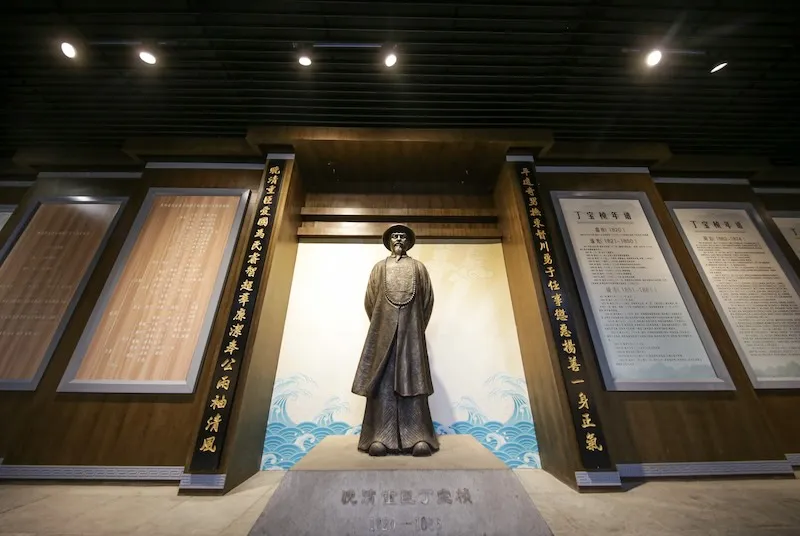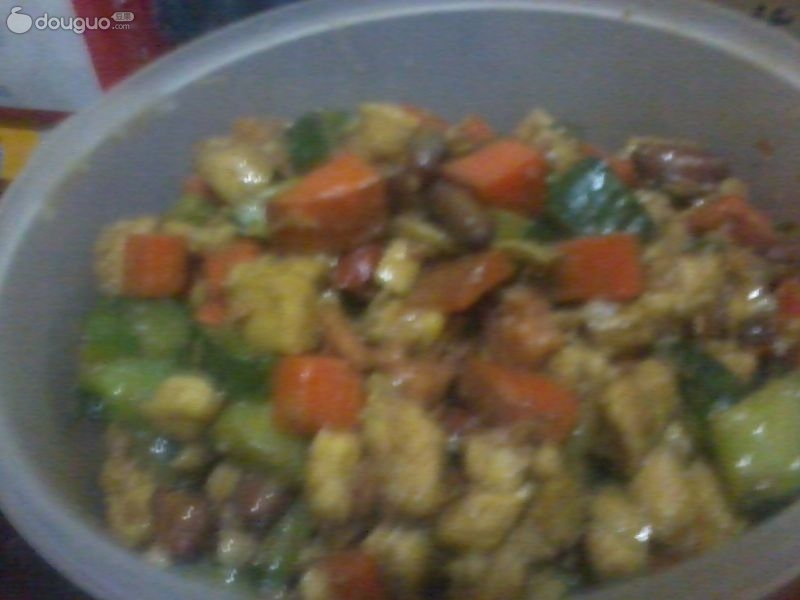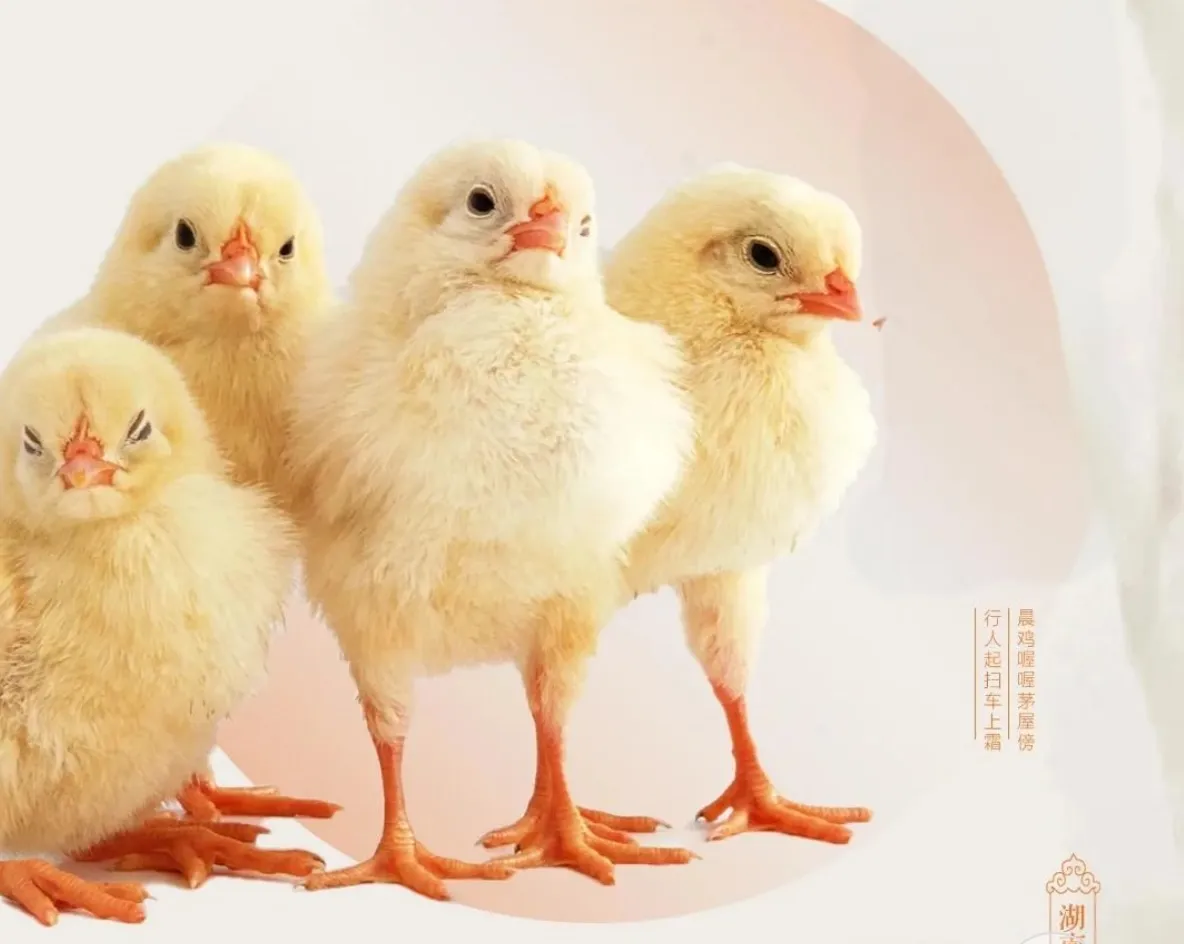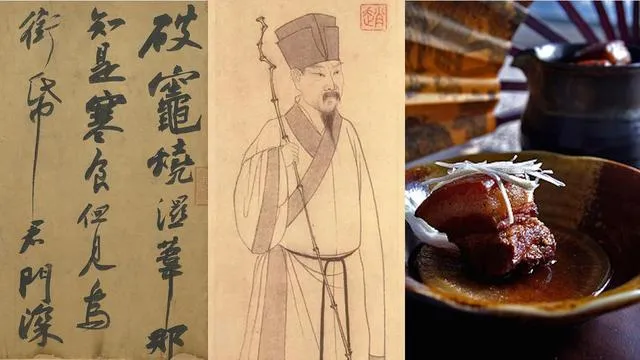The History and Evolution of Kung Pao Chicken
Kung Pao Chicken (宫保鸡丁, Gōng Bǎo Jī Dīng) is more than just a spicy stir-fry – it’s a dish steeped in 19th-century Chinese history. Here’s how a Qing Dynasty governor’s kitchen experiment became a global phenomenon.
The Man Behind the Name: Ding Baozhen
From Official to Culinary Innovator
Ding Baozhen (1820-1886), known by his honorary title “Gongbao” (宫保), was a controversial figure:
- Political Legacy: As Governor of Sichuan, he modernized infrastructure (e.g., Dujiangyan irrigation system) while suppressing peasant rebellions.
- Culinary Passion: Historical records note his hands-on approach in the kitchen, often collaborating with chefs to refine dishes.
Birth of a Classic: The Original Recipe
1870s Sichuan Kitchen Experiment
The authentic 19th-century version differed significantly from modern interpretations:
| Ingredient | Role in Flavor Profile | Modern Substitutions |
|---|---|---|
| Fresh chicken | Tender protein base | Often replaced with shrimp/pork |
| Sichuan peppercorns | Málà (numbing-spicy) essence | Sometimes omitted abroad |
| Dry chili pods | Smoky heat | Bell peppers in mild versions |
| Crispy peanuts | Texture contrast | Cashews common in upscale variants |
Signature Cooking Technique
The dish exemplified “huo guo” (火过) – rapid wok-frying at extreme heat to lock in flavors while maintaining crunch.
From Regional Specialty to Global Icon
Key Adaptation Phases
- Early 20th Century: Spread to other Chinese provinces with localized twists:
- Shandong: Added sweet bean paste
- Hunan: Doubled chili quantity
- 1970s Westernization:
- Thickened sauce (cornstarch) for “takeout container” practicality
- MSG added for umami boost in fast-food versions
- 21st-Century Fusion:
- Vegan variants (cauliflower “chicken”)
- Gourmet interpretations (truffle-infused sauce)
Kung Pao Chicken Today: A Culinary Chameleon
Preservation vs Innovation
- Sichuan Purists: Insist on exact peppercorn-to-chili ratios from 1880s texts.
- Global Chefs: Use the name as a flavor template (e.g., Kung Pao Brussels sprouts).
Despite debates, UNESCO added it to the “Intangible Cultural Heritage” provisional list in 2022 – proof of its enduring cultural impact.



